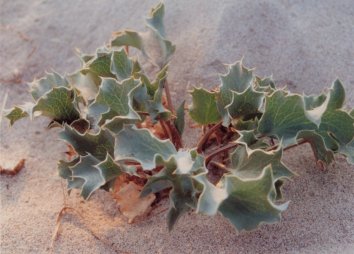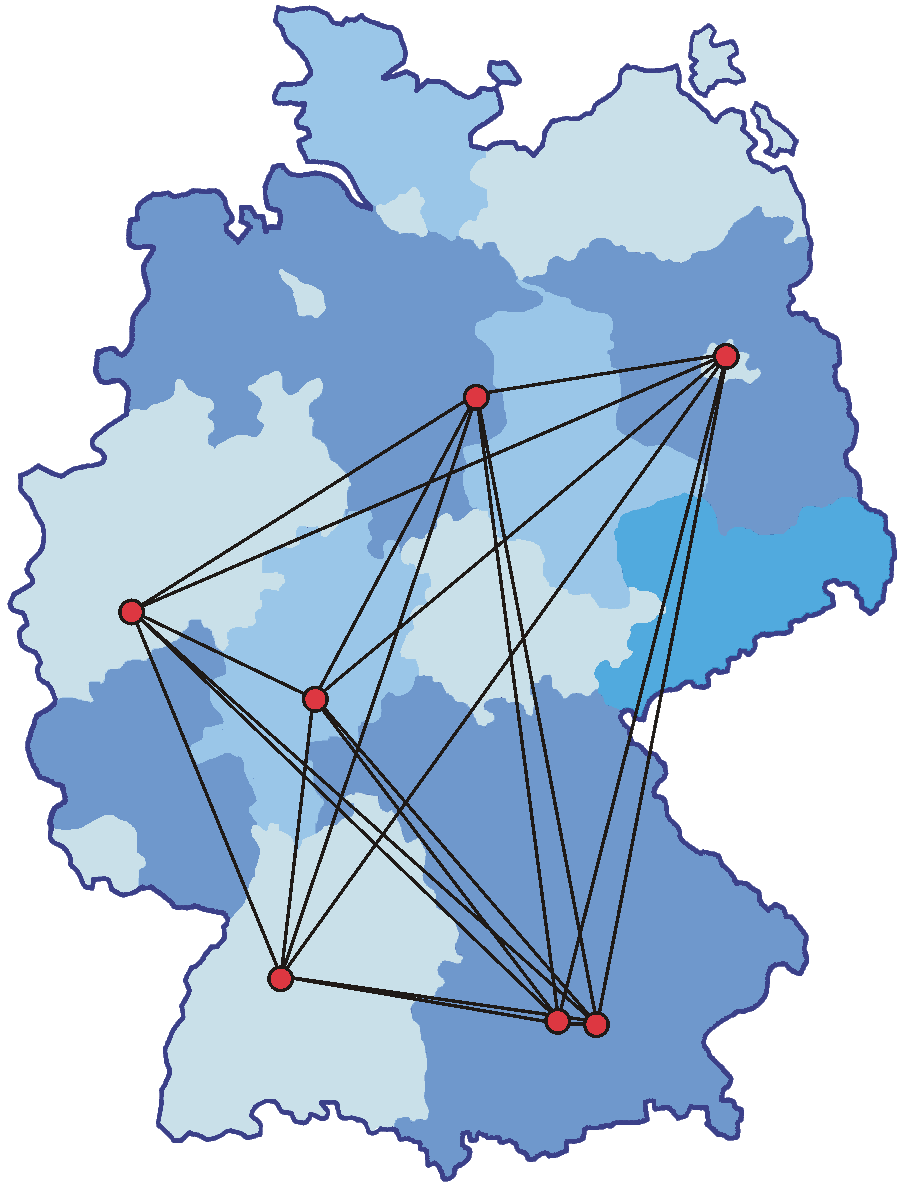GBIF-Deutschland präsentiert das neue Virtuelle Herbarium Deutschland. Das Virtuelle Herbarium ist eine gemeinschaftliche Präsentation bedeutender Herbarien Deutschlands und basiert auf modernster GBIF-Technologie. Virtuell bedeutet, dass Menschen aus Forschung, Bildung, Umweltwissenschaften sowie interessierte Bürgerinnen und Bürger digitalisierte Pflanzenbelege bequem am Rechner untersuchen können ohne die weiten Wege in die einzelnen Herbarien auf sich nehmen zu müssen.
You are here
The GBIF Programme in Germany
Version of 22 November 2010
prior to the current BMBF funding (2010-2013) for documentation purposes only





The total number of described species on Earth has been estimated at 1.7 million. More than 1.5 billion specimens have been gathered over the last 250 years. Most of these specimens are held in natural history museums all over the world, additionally further millions of biodiversity data are allocated in research facilities, databases and publications. However a large part of this valuable information is inaccessible and can not be used effectively.
Objectives of the GBIF Initiative
In order to make the worlds' biodiversity data freely and universally available via the Internet, the Global Biodiversity Information Facility (GBIF) has the objective to digitise and network this data information. Scientists of more than 55 countries and 46 international organizations are participating and supporting the setup of databases that will be integrated into the international GBIF-System. The international GBIF Data Portal now provides access to more than 267 million biodiversity records from 322 data providers.
Organisational Structure of GBIF-Germany
As one of the founder of GBIF, Germany makes a substantial annual contribution to support the running of the international GBIF Secretariat and the GBIF work programme. Eight Nodes (node system) form GBIF-Germany (GBIF-D), each responsible for a range of taxonomic groups (Fig.1).
| Prokaryonten | DSMZ, Braunschweig |  |
| Botanik | BGBM, Berlin | |
| Mykologie | BSM, München | |
| Evertebrata I | SMNS, Stuttgart | |
| Evertebrata II | ZSM, München | |
| Evertebrata III | FIS, Frankfurt | |
| Vertebraten | ZFMK, Bonn | |
| Palaeontologie | MfN, Berlin |
Fig. 1: Location of the GBIF-D Nodes
Within GBIF-Germany 51 institutes look after 66 funded sub-projects and already contributed more than 7.4 million specimen and observation records to the GBIF network. In accordance with priorities set by GBIF-International, GBIF-D will initially focus on access to specimen and observation data and networking of databases with biodiversity information. For detailled information about the GBIF-D projects please download the Status Report 2004.
Importance of the GBIF Initiative
Universal availability of global primary biodiversity data via the internet and the concurrent development of tools to process that information will change the way biodiversity sciences work. Effective data access will help to focus on the filling-in of the huge gaps in knowledge that still exist. It will influence the setting of priorities for research, e.g. in taxonomy and ecology, and for action, e.g. in conservation and natural resource management. At the same time, it will foster the linkage of data systems on all levels of biodiversity, from molecular up to the ecosystem level. Broad international co-operation is necessary to accomplish this “megascience” task.
Outlook
GBIF encourages, coordinates and supports the development of worldwide capacity to access the vast amount of biodiversity data held in natural history museum collections, libraries and databanks. It is developing an interoperable network of biodiversity databases and information technology tools using web services and other modern networking techniques. GBIF will initiate and support activities to build awareness of the importance of networking data to engage further institutional and private data holders.
Contact:
Prof. Dr. Walter Berendsohn (w.berendsohn[at]bgbm.org); FU Berlin, Botanic Garden and Botanical Museum Berlin-Dahlem, Dept. of Biodiversity Informatics and Laboratories, Königin-Luise-Straße 6-8, 14195 Berlin, Germany
Staff: Wolf-Henning Kusber (w.h.kusber[at]bgbm.org), Alexa Michel (a.michel[at]bgbm.org); Botanischer Garten und Botanisches Museum Berlin-Dahlem, ZE der Freien Universität Berlin, Abt. Biodiversitätsinformatik, Königin-Luise-Straße 6-8, 14195 Berlin, Germany
2010-11-22
»
4499 reads